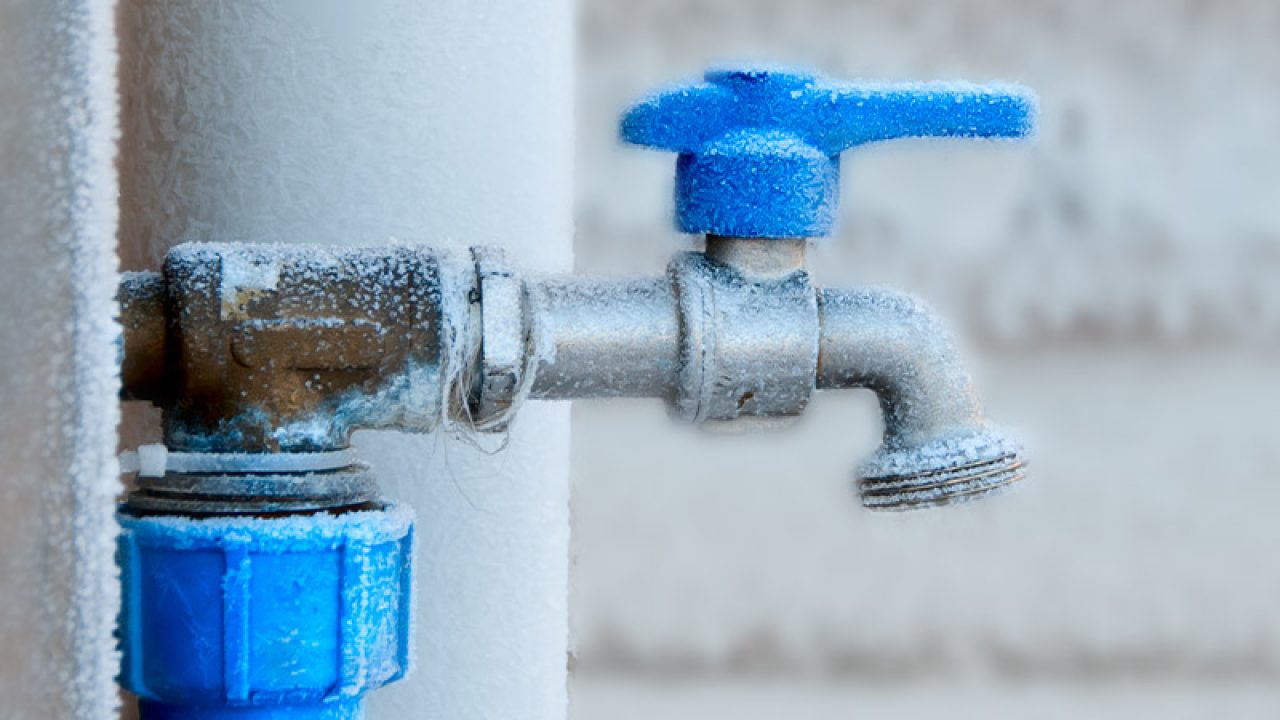Protecting Against Frozen Plumbing: Effective Methods for Cold Weather
Protecting Against Frozen Plumbing: Effective Methods for Cold Weather
Blog Article
We've discovered this post pertaining to Winter Plumbing Precautions: Preventing Frozen Pipes down the page on the net and felt it made sense to quickly share it with you on my blog.

Winter can wreak havoc on your plumbing, especially by freezing pipes. Below's how to avoid it from occurring and what to do if it does.
Intro
As temperature levels drop, the risk of icy pipelines rises, potentially resulting in pricey repair work and water damage. Recognizing how to prevent frozen pipes is critical for home owners in cold climates.
Avoidance Tips
Insulating prone pipelines
Wrap pipes in insulation sleeves or make use of heat tape to secure them from freezing temperatures. Concentrate on pipes in unheated or outside areas of the home.
Heating techniques
Maintain indoor areas adequately heated up, particularly areas with pipes. Open up closet doors to enable cozy air to circulate around pipelines under sinks.
Exactly how to determine frozen pipelines
Try to find reduced water circulation from taps, unusual odors or sounds from pipes, and visible frost on revealed pipelines.
Long-Term Solutions
Structural modifications
Take into consideration rerouting pipes away from outside walls or unheated locations. Include additional insulation to attic rooms, basements, and crawl spaces.
Updating insulation
Purchase top notch insulation for pipelines, attic rooms, and wall surfaces. Correct insulation assists keep regular temperature levels and lowers the threat of frozen pipes.
Protecting Outside Pipes
Garden hose pipes and outside taps
Separate and drain garden pipes before winter. Install frost-proof spigots or cover outdoor taps with protected caps.
Comprehending Frozen Pipelines
What triggers pipes to ice up?
Pipelines ice up when revealed to temperature levels below 32 ° F (0 ° C) for extended durations. As water inside the pipelines ices up, it broadens, putting pressure on the pipe walls and possibly creating them to rupture.
Dangers and damages
Frozen pipes can lead to water system disturbances, home damage, and expensive repairs. Burst pipelines can flood homes and cause substantial architectural damage.
Indicators of Frozen Pipeline
Recognizing icy pipes early can stop them from bursting.
What to Do If Your Pipes Freeze
Immediate actions to take
If you believe frozen pipelines, keep faucets open to relieve pressure as the ice thaws. Utilize a hairdryer or towels soaked in warm water to thaw pipelines gradually.
Verdict
Stopping icy pipes calls for proactive steps and quick reactions. By comprehending the causes, indications, and preventive measures, homeowners can shield their pipes throughout winter.
6 Proven Ways to Prevent Frozen Pipes and Protect Your Home
Disconnect and Drain Garden Hoses
Before winter arrives, start by disconnecting your garden hoses and draining any remaining water. Close the shut-off valves that supply outdoor hose bibs and leave the outdoor faucet open to allow any residual water to drain. For extra protection, consider using faucet covers throughout the colder months. It’s also important to drain water from any sprinkler supply lines following the manufacturer’s directions.
Insulate Exposed Pipes
Insulating your pipes is an effective way to prevent freezing. Pipe insulation is readily available at home improvement stores and is relatively inexpensive. Pay close attention to pipes in unheated areas such as the attic, basement, crawl spaces, or garage. Apply foam insulation generously to create a buffer against the cold. You can also wrap your pipes in heat tape or thermostat-controlled heat cables for added warmth.
Seal Air Leaks
Inspect your home for any cracks or openings that could let in cold air. Seal any holes around the piping in interior or exterior walls, as well as the sill plates where your home rests on its foundation. Additionally, make sure to keep your garage door closed unless you’re entering or exiting. Leaving it open creates a significant air leak that can lead to frozen pipes.
Allow Warm Air Circulation
During cold snaps, it’s essential to allow warm air to circulate evenly throughout your home. Leave interior doors ajar to promote better airflow. Open kitchen and bathroom cabinets to help distribute heat consistently around the rooms. If you have small children or pets, be sure to remove any household chemicals or potentially harmful cleaners from open cabinets for safety.
Let Faucets Drip
A small trickle of water can make a big difference in preventing ice formation inside your pipes. When temperatures drop significantly, start a drip of water from all faucets served by exposed pipes. This continuous flow helps prevent the water from freezing. Additionally, running a few faucets slightly can relieve pressure inside the pipes, reducing the chances of a rupture if the water inside does freeze.
https://choateshvac.com/6-proven-ways-to-prevent-frozen-pipes-and-protect-your-home/
.jpg)
We hope you liked our section on How to Prevent Your Pipes From Freezing. Thank you so much for spending some time to read through our content. Are you aware of somebody else who is enthusiastic about How to prepare your home plumbing for winter weather? Take a moment to share it. Thanks for being here. Return soon.
Explore Report this page